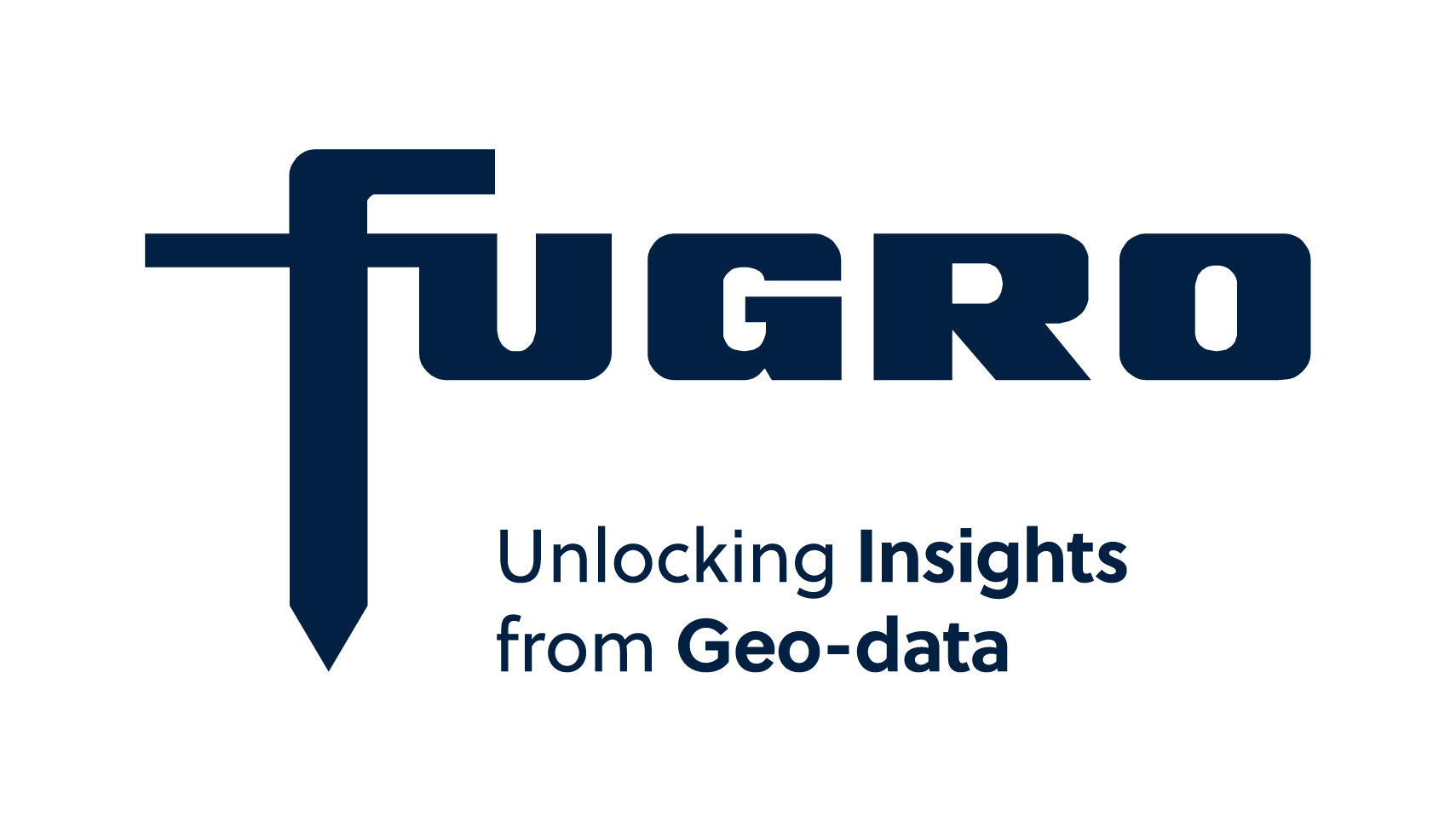Overview:
Recently, a paper from Rosenberg et al. (2019) documented the loss of 3 billion birds in North America since the 1970s. Of those lost, 700 million are grassland birds, which includes species such as the Loggerhead Shrike (Lanius ludovicianus; hereafter shrike). The regional statistics from eBird estimate that the state of Texas supports 6% of North America’s breeding shrikes and 22% of wintering shrikes, and it is identified by Texas Parks and Wildlife Department as a Species of Greatest Conservation Need. Thus, it is critical to understand what drives declines in the state; for example, in the Oaks and Prairies Bird Conservation Region, which includes Dallas, Houston, and San Antonio, Loggerhead Shrikes have declined by 94% since 1970 (Partners in Flight 2020). Currently, little is understood about what is driving shrike declines, and a coordinated effort is needed to evaluate nesting and productivity in order to allow comparisons across studies. In a suburb of Austin, Texas, partners have found a population of shrikes that consistently inhabit and breed within a public park subject to intensive human use year-round. As such, this location is not only ideal for collecting information about productivity to help close this information gap, but also presents an opportunity to involve community scientists and develop a monitoring program that can be integrated into larger-scale coordinated community science efforts. Texas Parks and Wildlife Department biologists and the Oaks and Prairies Joint Venture worked together to develop a protocol for nest monitoring and companion data collection apps using Esri’s ArcGIS Survey123 and Field Maps for local community scientists to monitor shrike nests. The community scientists needed a straightforward, simple, and easy-to-understand data collection tool to track nest status (via a “live” nest tracking map), to collect data on new nests, to monitor existing nests, and to determine the fate of a nest. Additional ArcGIS Survey123 forms were developed to track color-banded shrike sightings (including a dashboard to track sightings of individual birds) to facilitate territory mapping and seasonality of shrikes. Data collection began in 2021 and is on-going in 2023. We will share methodology and lessons learned from the development of the protocol and survey forms to help promote development of other coordinated efforts to involve community scientists in data collection for priority species and to provide inspiration for innovative ways to collect and track wildlife data.
Learning Objectives:
Community science can amplify the efforts of biologists, allowing for increased and consistent data collection. The audience will hear from the biologists on the importance of utilizing community scientists and mobile GIS applications (ESRI’s ArcGIS Survey123, ArcGIS Field Maps, and ArcGIS Dashboards) for wildlife data collection. We will also share about lessons learned in the development of the protocols and data collection process to assist those who may be considering similar efforts.
About the Speaker:
Anna Matthews, American Bird Conservancy
Anna Matthews is the Oaks and Prairies Joint Venture Science Coordinator with American Bird Conservancy. In this position, Anna works with partners in Oklahoma and Texas to identify science priorities and coordinate monitoring and research projects that support bird conservation. This work ranges from biological planning for priority bird species, protocol development to assess effectiveness of habitat treatments on private lands, support for community science data collection efforts, management of bird and vegetation monitoring in the Oaks and Prairies Joint Venture geography, and much more. Anna obtained a B.S. in Fisheries and Wildlife from the University of Minnesota-Twin Cities and a M.S. in Wildlife Ecology from Texas State University, where she worked on developing detection and density models for several priority grassland bird species in Texas using data collected by the Oaks and Prairies Joint Venture and American Bird Conservancy. She currently lives in central Texas, and she has a passion for fun bird facts and teaching the public and young biologists about bird identification.
Tania Homayoun, Texas Parks and Wildlife Department
Dr. Tania Homayoun is the statewide ornithologist with the Nongame and Rare Species Program at Texas Parks and Wildlife. Through this position, she works to implement conservation measures, conduct status assessments, direct statewide bird research efforts, and address threats to non-game birds identified as Species of Greatest Conservation Need. Tania spent several years with TPWD’s Texas Nature Trackers program, engaging naturalists of all interests and ability levels in collecting citizen and community science data on Texas’ unique plants and animals. Previously, Tania worked for Audubon Texas, with the Dogwood Canyon Audubon Center and later the Conservation Science Team as its Urban Conservation Program Manager where she worked to develop and deliver conservation plans, educational programs/trainings, and activities supporting biodiversity and sustainable communities. Tania holds a BS in Ecology/Evolution/Conservation Biology and a BA in Anthropology from the University of Texas at Austin and a PhD in Conservation Biology from the University of Minnesota, where she studied the impacts of urbanization on landbird communities. She is an avid birder and always has room for one more native plant in her patio garden.







